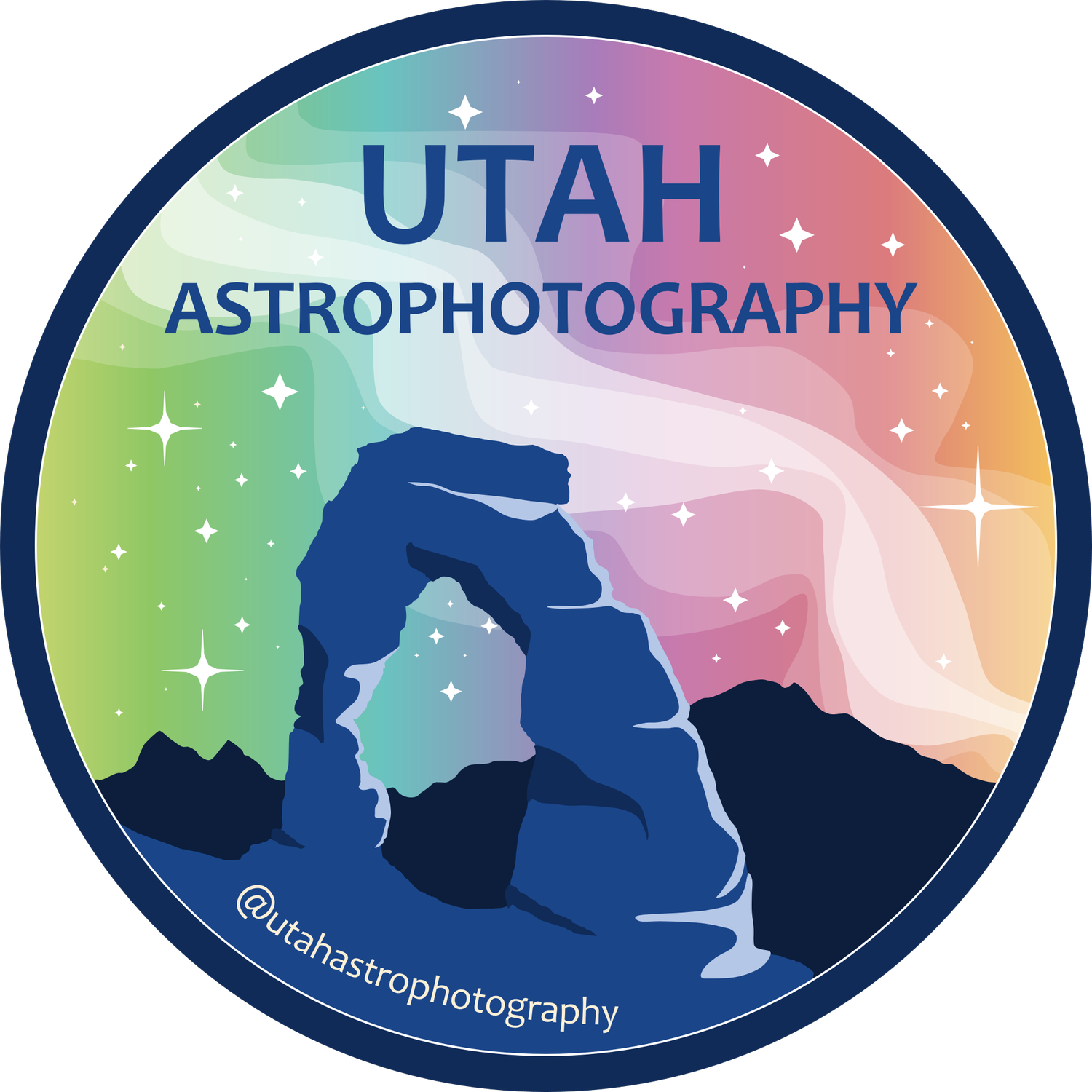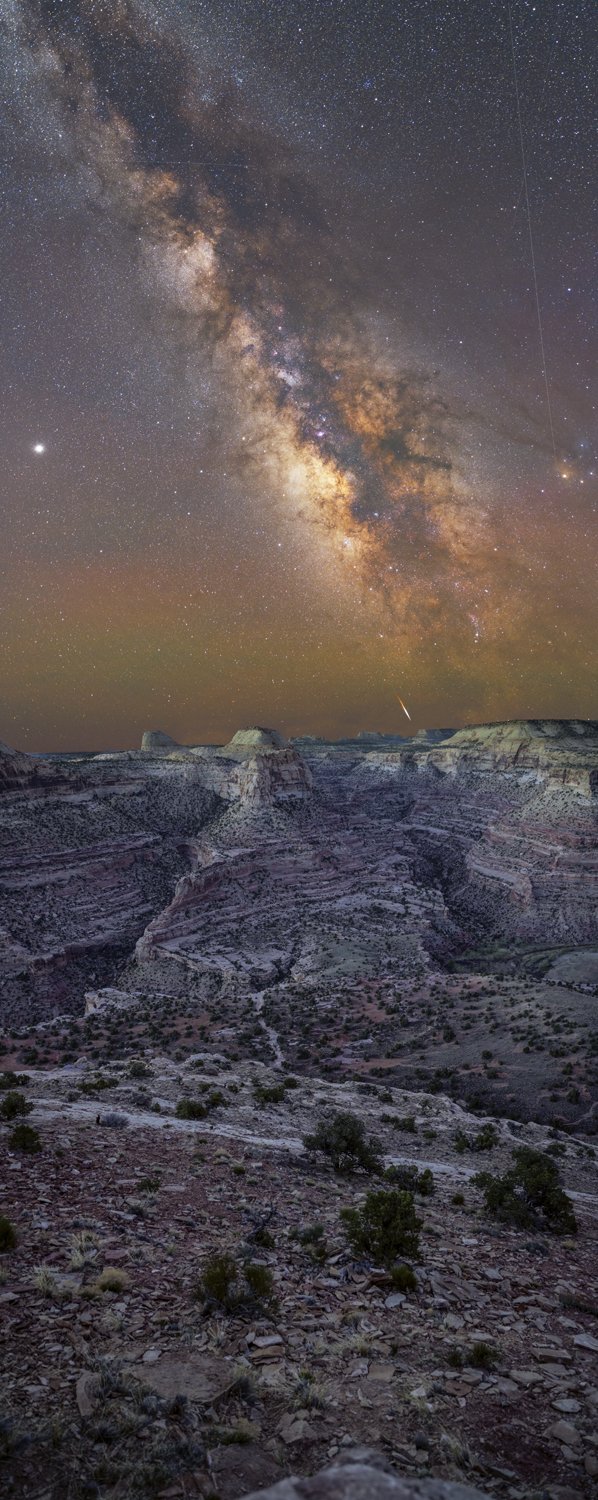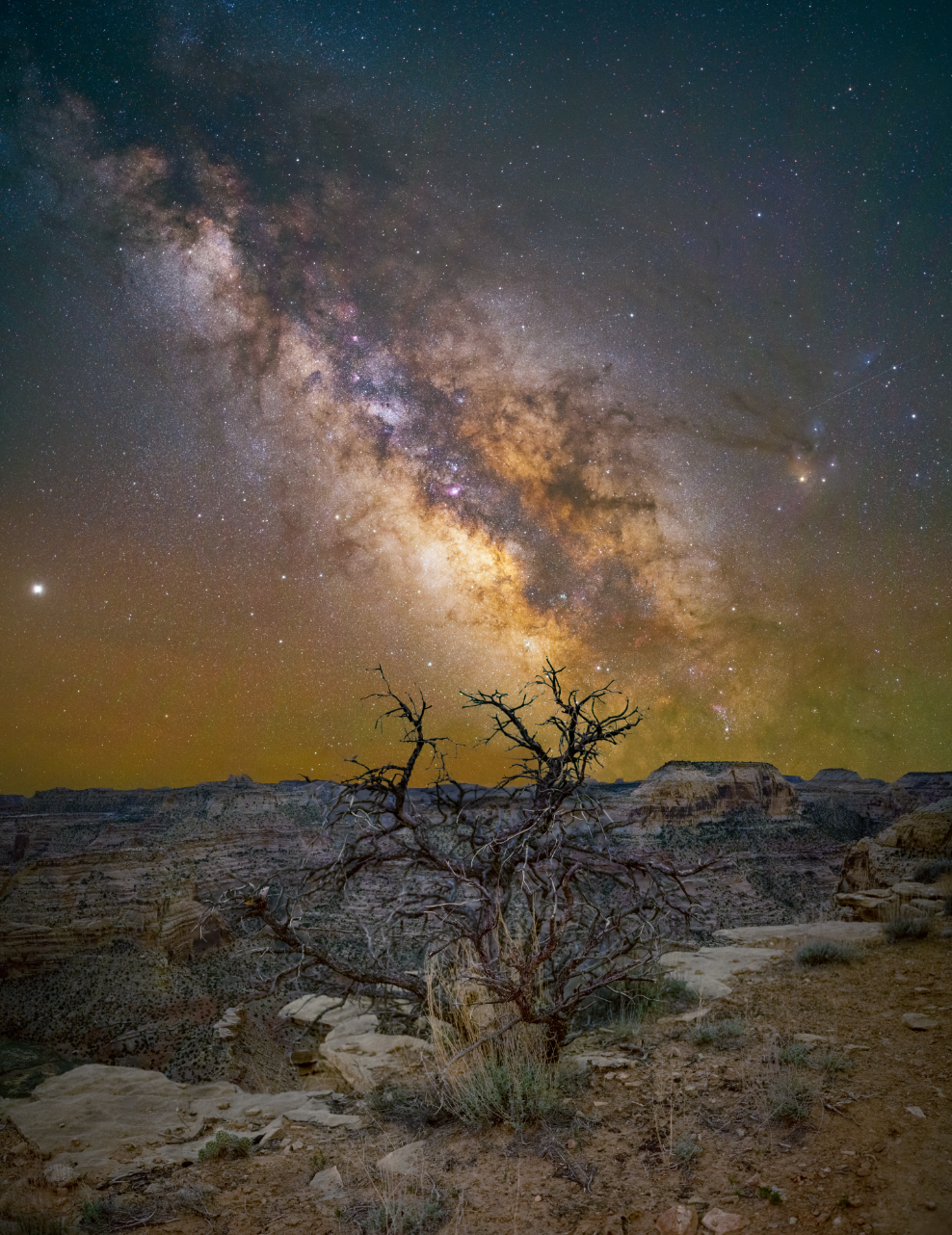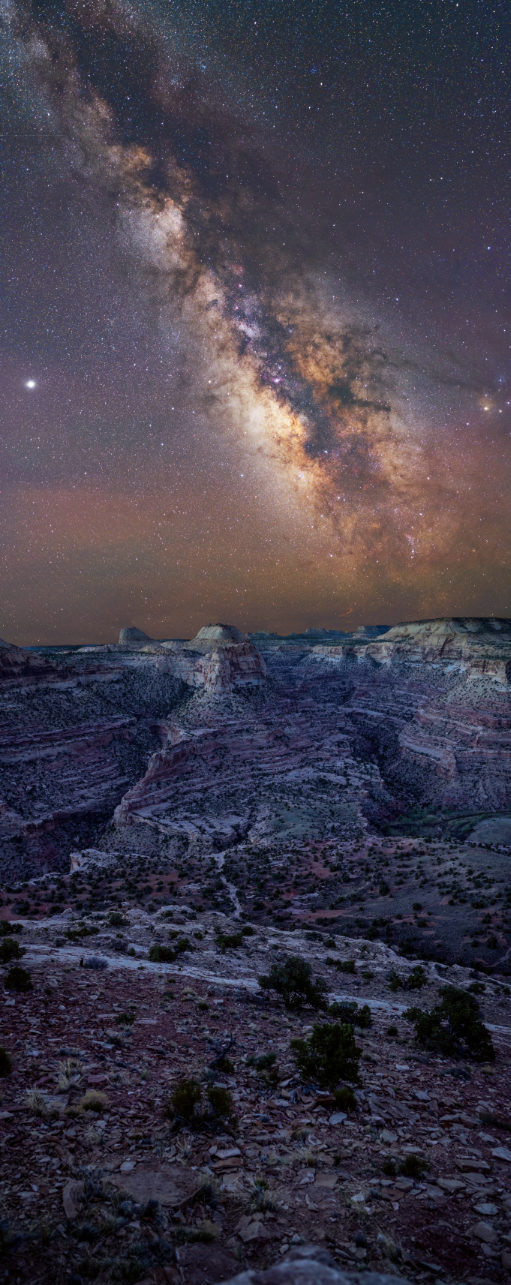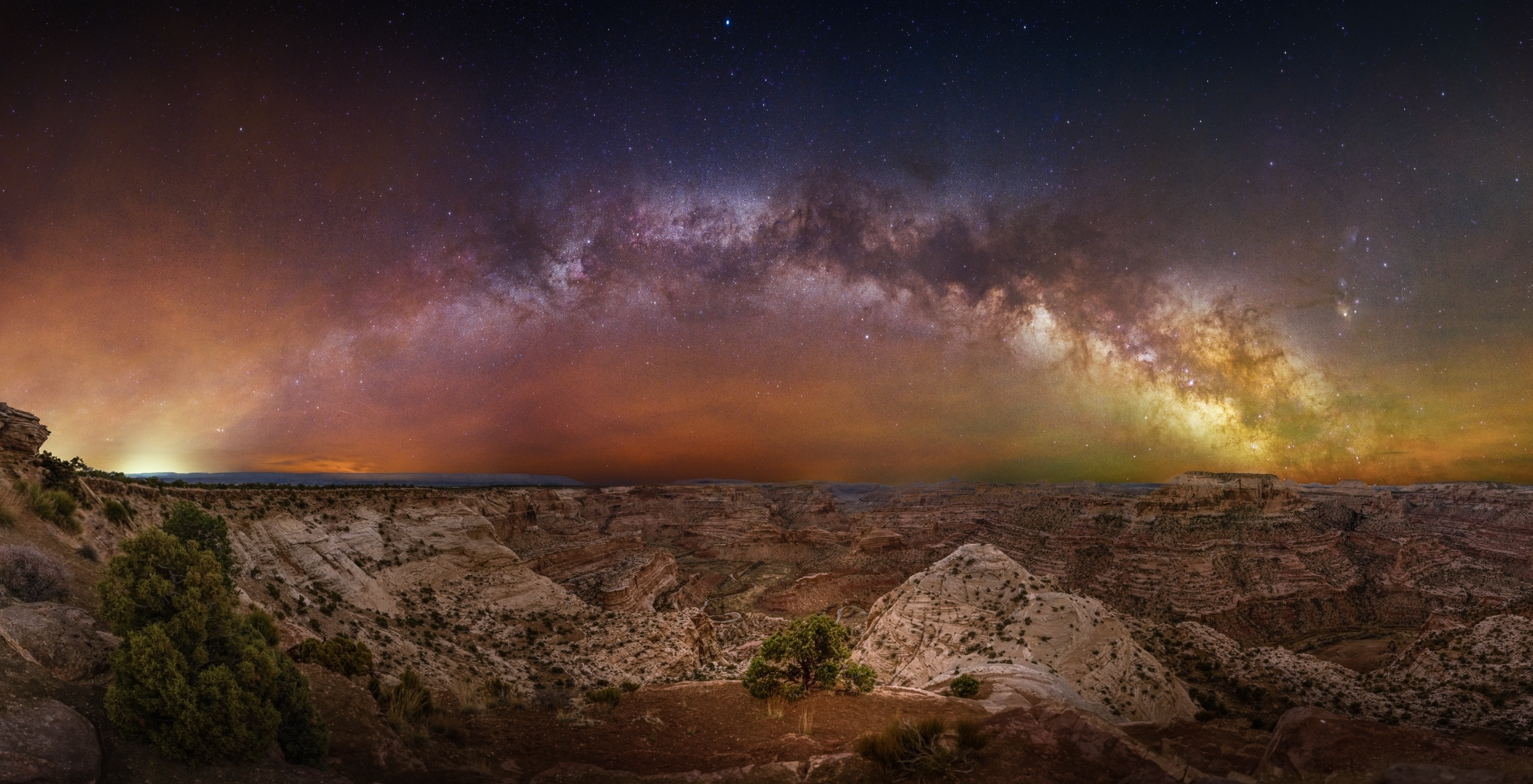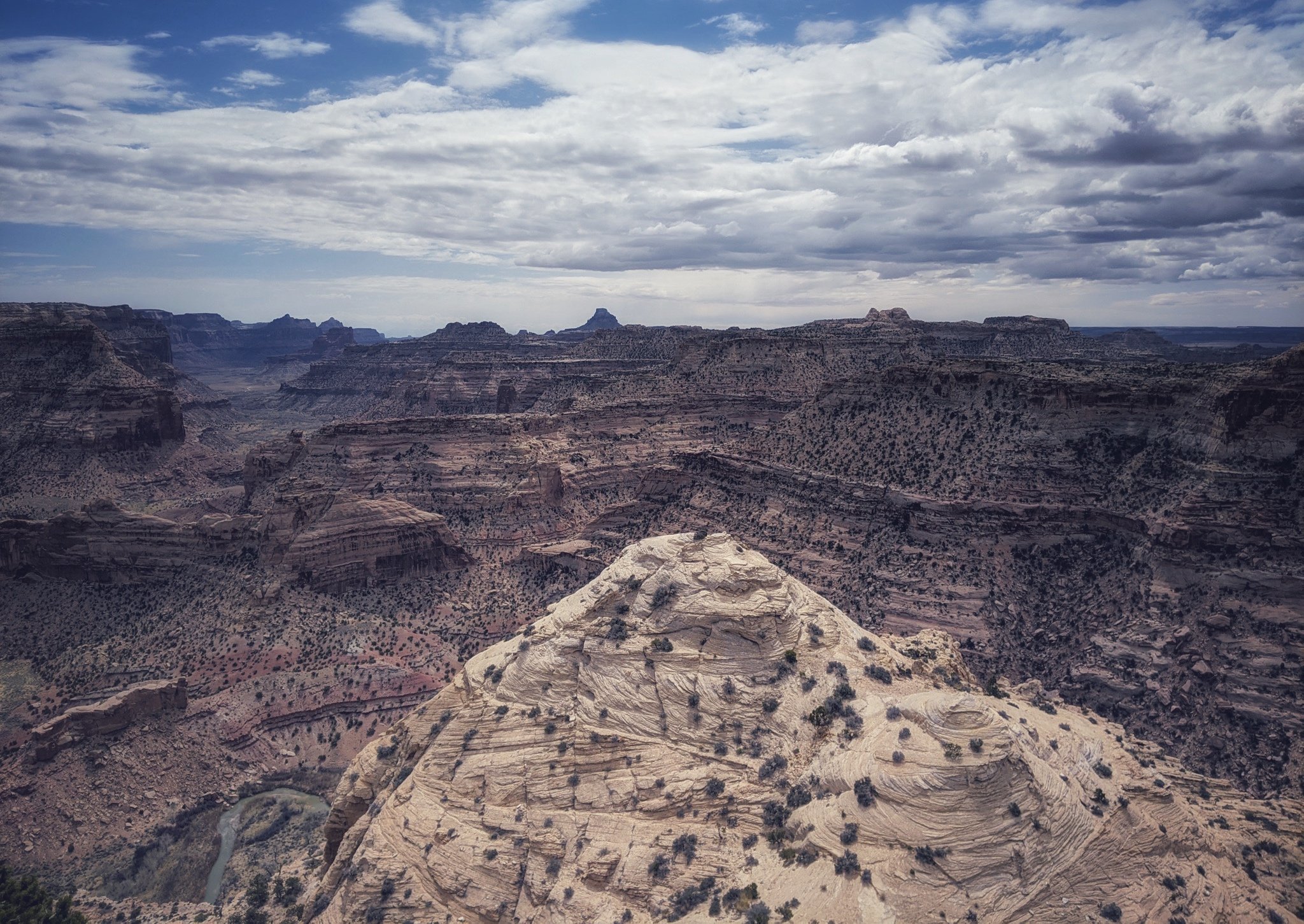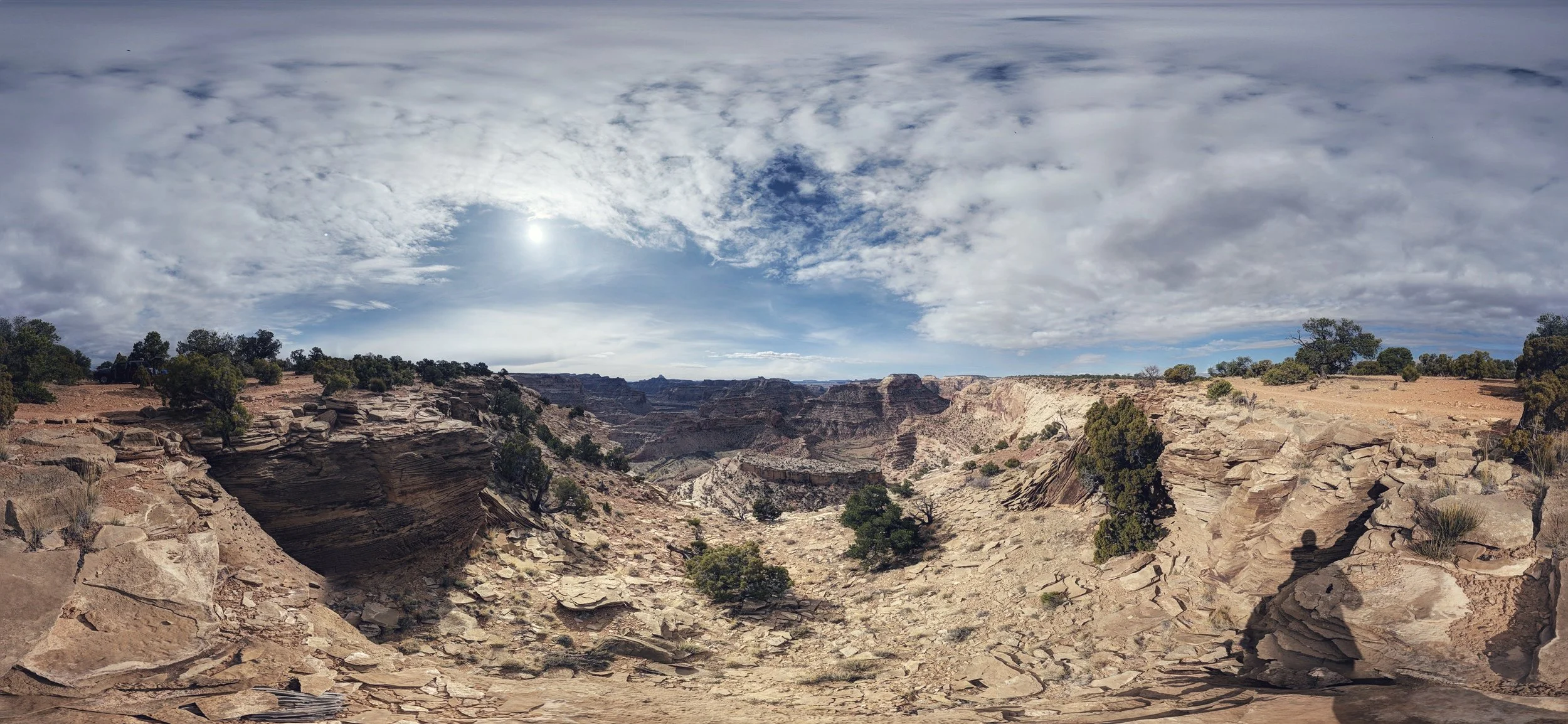
THE WEDGE
The Wedge, often referred to as “Utah’s Little Grand Canyon,” is a breathtaking geological feature located in the northern part of the San Rafael Swell in central Utah. This area is renowned for its dramatic vistas, deeply incised river canyons, and unique geological formations, offering a vivid snapshot of Earth’s dynamic history.
GEOLOGICAL SUMMARY
The San Rafael Swell itself is a large geologic feature known as an anticline, a dome-like fold of rock layers that were originally horizontal. The Swell was formed during the Laramide orogeny, a mountain-building event that affected western North America from the Late Cretaceous to the early Eocene (approximately 80 to 50 million years ago). The uplift exposed a variety of rock layers, each representing different geological periods, from Precambrian times to the Jurassic period.
The Wedge overlooks the San Rafael River as it carves through the eastern edge of the Swell. Over millions of years, the river has eroded the land, creating the dramatic canyons and valleys that resemble a miniature version of the Grand Canyon. The exposed strata in the Wedge area reveal a tapestry of geological processes, including sedimentation, uplift, and erosion.
The rock layers visible at the Wedge provide a window into the past environments that ranged from deep marine to coastal and desert conditions. Key formations include:
Precambrian rocks at the base, which are the oldest and most metamorphosed.
Cambrian to Jurassic sedimentary rocks that overlay these ancient rocks, including sandstone, shale, and limestone. These layers were deposited in a variety of environments, from shallow seas to desert dunes.
The Navajo Sandstone, particularly prominent in the area, is known for its massive sandstone cliffs. This formation is Jurassic in age and is a testament to the vast desert that once covered this region.
The landscape around the Wedge is marked by stark erosional features, including steep canyon walls, spires, and buttes. Differential erosion, where softer rock layers erode faster than harder ones, has created the area’s dramatic relief. The San Rafael River, along with its tributaries, continues to shape the landscape, carving deeper into the rock layers and widening the canyons.
Bry: Meteor at blue hour
Eric: Wedge overlook panorama
Bry: Wedge pano
Bry: Blue Hour tree
Bry: Wedge pano
Bry: Wedge tree
Bry: Wedge vertical pano
Bry: Wedge vertical pano
Bry: Wedge vertical pano
Bry: Wedge Pano
Bry: Blue hour transition
Bry: Muted Wedge
